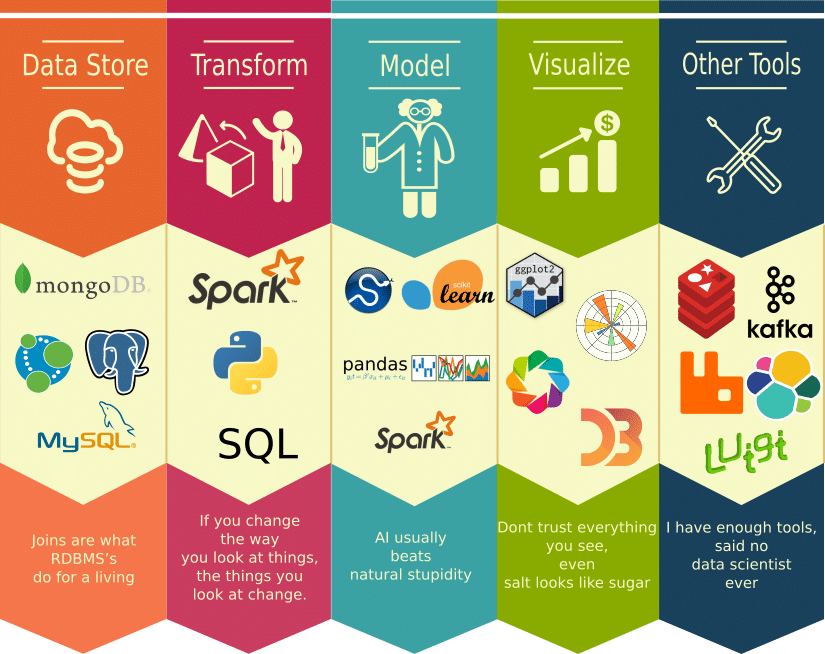

I use Beautiful Soup for scraping COVID19 data and extracting various social media data. It is an important step in creating fully-automated data pipelines.

During the data collection process, your manager will ask you to either learn a new web scraping tool or ask you to create a Python file to automate web scraping. If you are a data engineer or data scientist then you must master this tool to extract data from websites. I use psycopg2 to ingest data and run data analysis in Jupyter notebooks.īeautiful Soup is a Python library for pulling data out of HTML and XML files. Almost all technical interviews or tests involve some kind of PostgreSQL questions. It is the most popular database among developers and data engineers. It can handle complex queries, process large data, and optimize query run time. PostgreSQL is an open source object-relational database system which has been in development for 30 years by community and for community. To learn more read: The Guide to Data Analysis with DuckDB. I usually use it for running analytics on. You can integrate it with your current data stack to produce analytical results. It also provides integration for R, Python, and Java. It was designed to run faster analytical queries workloads. The tools are divided into five categories:ĭuckDB is a relational table-oriented database management system that supports SQL queries for generating data analytics. These tools have also helped me handle new and unseen datasets faster so, if you are looking to become a super data scientist in 2022 then try adding these tools into your data stack.
These tools will help you with data analytics, maintaining databases, perform machine learning tasks, and finally help you generate a report.


 0 kommentar(er)
0 kommentar(er)
